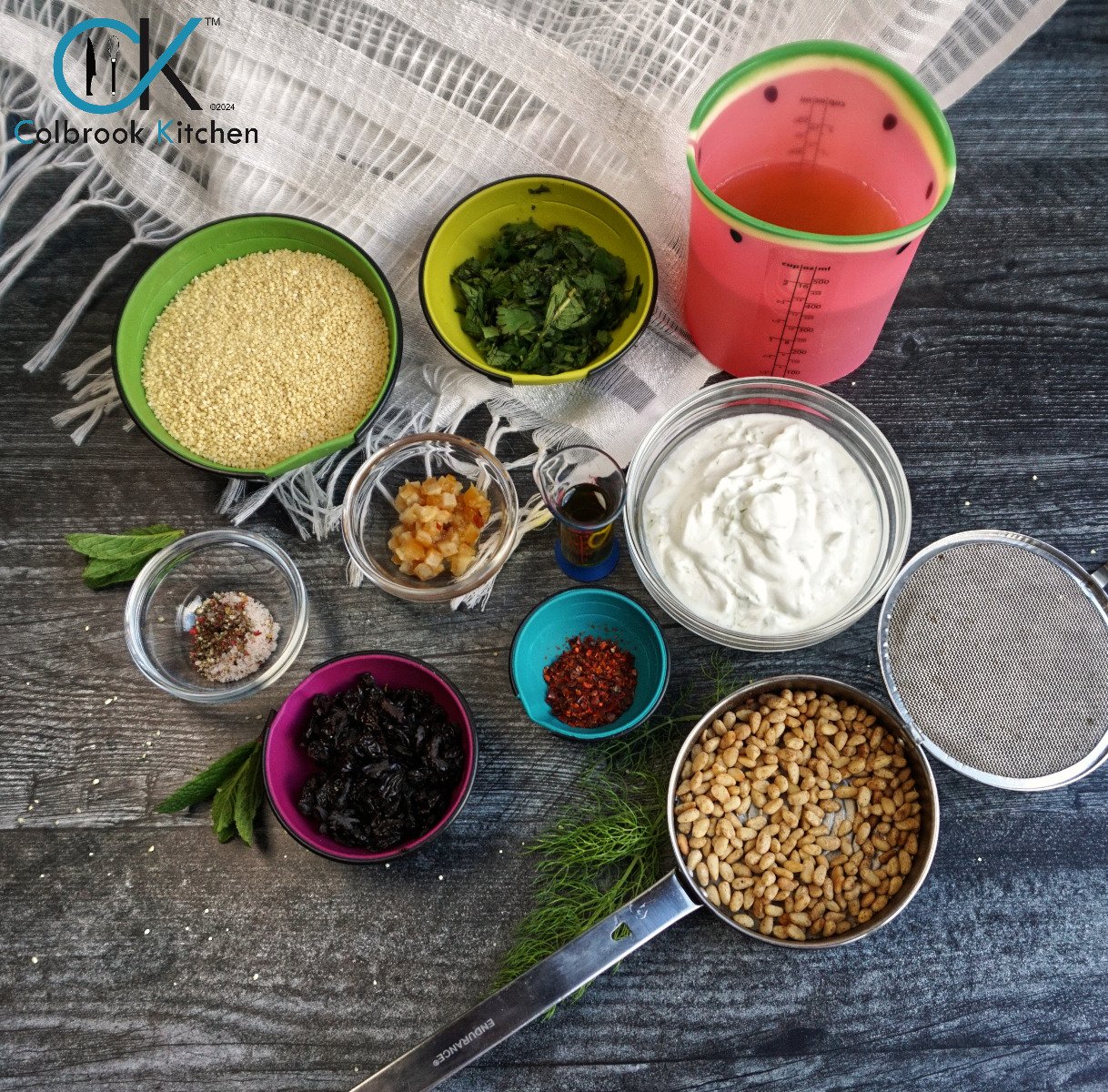Cool Tip: Against the Grain...
- Jun 23, 2015

Slice Across the Grain! We’ve all read this, and been told this, more times than we can remember … and still we forget … what does this mean? Why does this matter? And how do we do it?
When confronted with a piece of meat (or poultry), you need to understand initially that it really is a series of muscle fiber bundles that are generally in parallel to each other, allowing its former bearer to move … simple as that. But for your purposes as the consumer of this meat, you want to enjoy it being as tender as possible. So you’ve cooked it to the desired temperature and now you’re ready to serve it.
To do so to maximum advantage, you first need to identify the grain: the single or primary direction which these muscles are aligned, like the grain in a piece of wood. The grain in tender cuts, like a loin or tenderloin, is very fine, so this admonition is largely irrelevant: almost any way you slice it, it will be delicious. But less tender cuts, like flank steak or brisket, from the harder working, tougher parts of the animal’s body, show a clearly visible grain.
This is the situation where slicing ‘across the grain’ becomes important. If you cut with the grain, or simply shred following the grain, then all you get will be a bunch of long stringy muscles … cooked but not necessarily as tender as they could be. Since your goal is tender morsels in your mouth and on your guests’ plates, cutting across the face of these bundles of muscles - across the grain - will yield short slice-width bits that are tasty and tender to eat.
Think of it this way: what you’re doing is cutting those muscles into the shortest possible pieces. And that’s ‘sliced across the grain’ … got it? That’s it!
Now, if you're a math geek or just want more detailed information, this is a great a article on the subject.
When confronted with a piece of meat (or poultry), you need to understand initially that it really is a series of muscle fiber bundles that are generally in parallel to each other, allowing its former bearer to move … simple as that. But for your purposes as the consumer of this meat, you want to enjoy it being as tender as possible. So you’ve cooked it to the desired temperature and now you’re ready to serve it.
To do so to maximum advantage, you first need to identify the grain: the single or primary direction which these muscles are aligned, like the grain in a piece of wood. The grain in tender cuts, like a loin or tenderloin, is very fine, so this admonition is largely irrelevant: almost any way you slice it, it will be delicious. But less tender cuts, like flank steak or brisket, from the harder working, tougher parts of the animal’s body, show a clearly visible grain.
This is the situation where slicing ‘across the grain’ becomes important. If you cut with the grain, or simply shred following the grain, then all you get will be a bunch of long stringy muscles … cooked but not necessarily as tender as they could be. Since your goal is tender morsels in your mouth and on your guests’ plates, cutting across the face of these bundles of muscles - across the grain - will yield short slice-width bits that are tasty and tender to eat.
Think of it this way: what you’re doing is cutting those muscles into the shortest possible pieces. And that’s ‘sliced across the grain’ … got it? That’s it!
Now, if you're a math geek or just want more detailed information, this is a great a article on the subject.
And the “How?” Always let your meat rest after cooking; the time for this will vary by cut and size. This ‘rest period’ allows the juices to settle and recirculate through the meat, assuring a juicy and flavorful result. And the internal heat will continue to ‘cook’ the meat while resting, so leave some temperature range for this effect in order to avoid over-cooking (i.e. take the meat off the heat before it reaches your target temperature). Then take a sharp knife - make sure that it’s really sharp! - and … yes, slice across the grain!
Enjoy!







